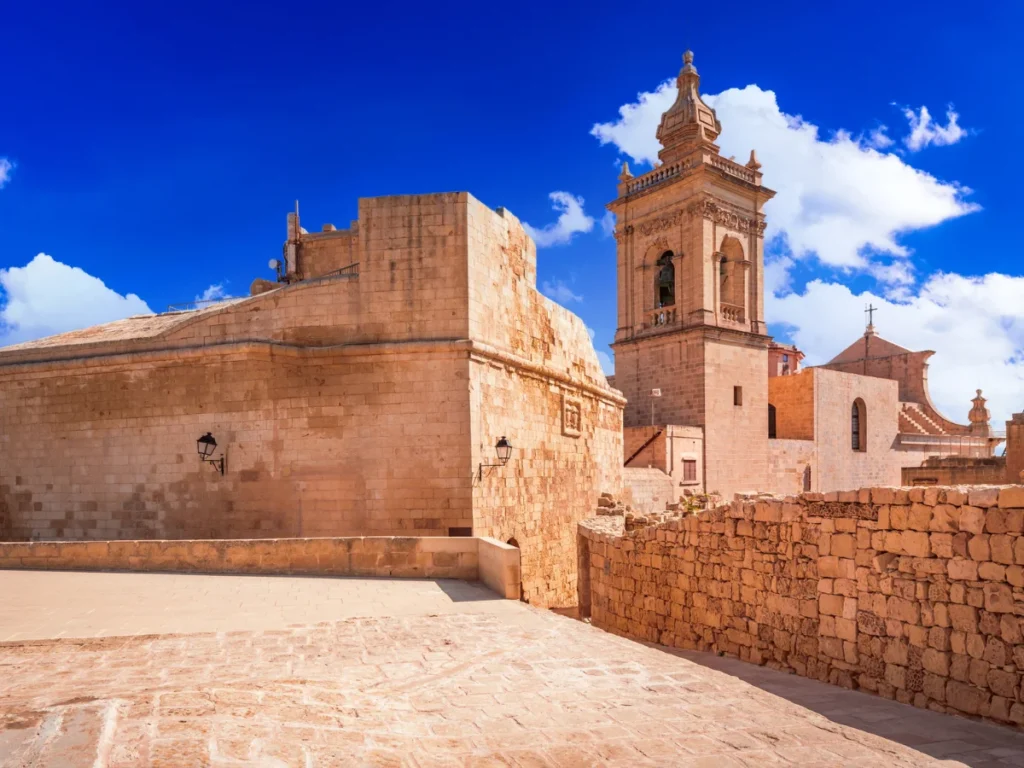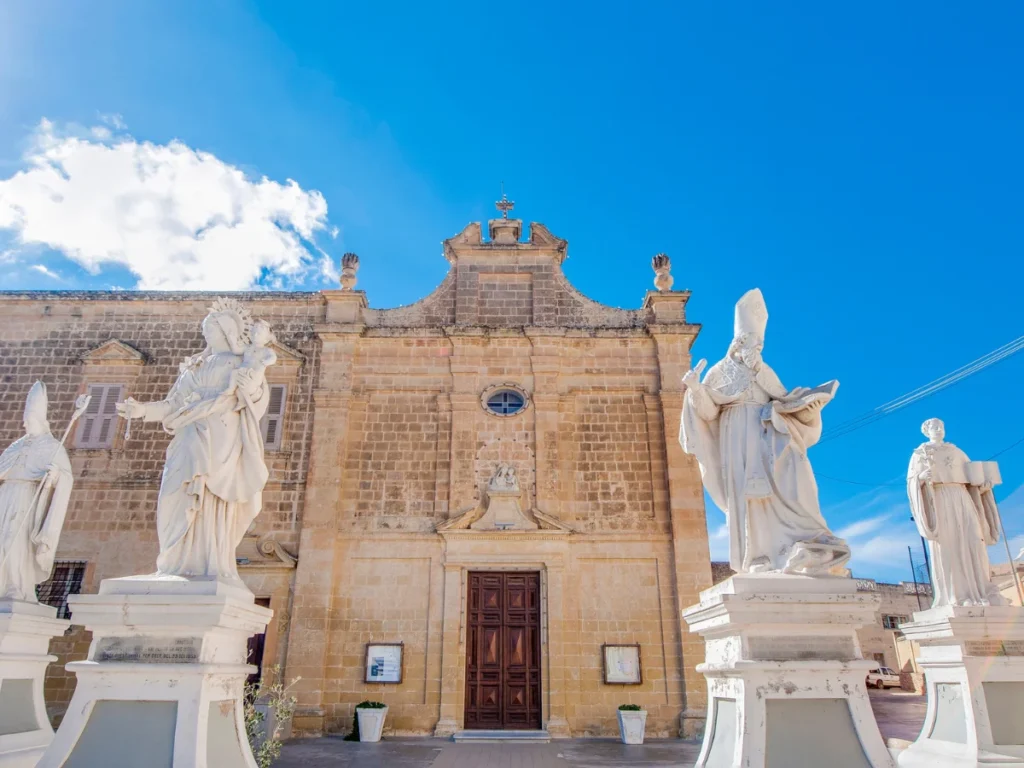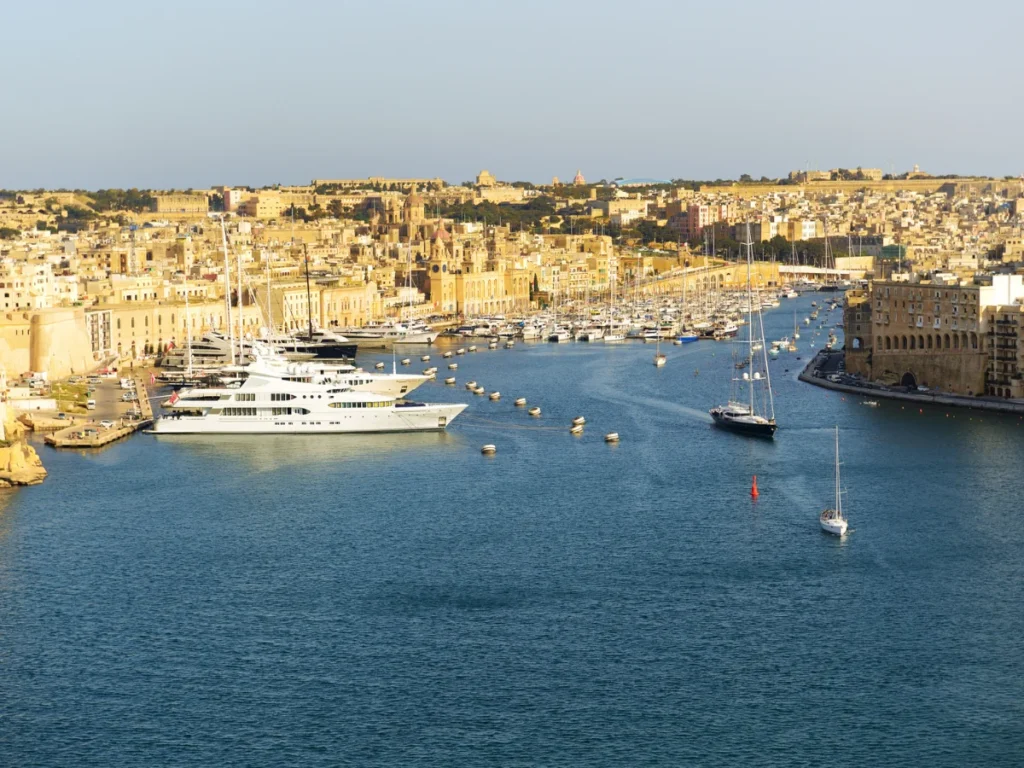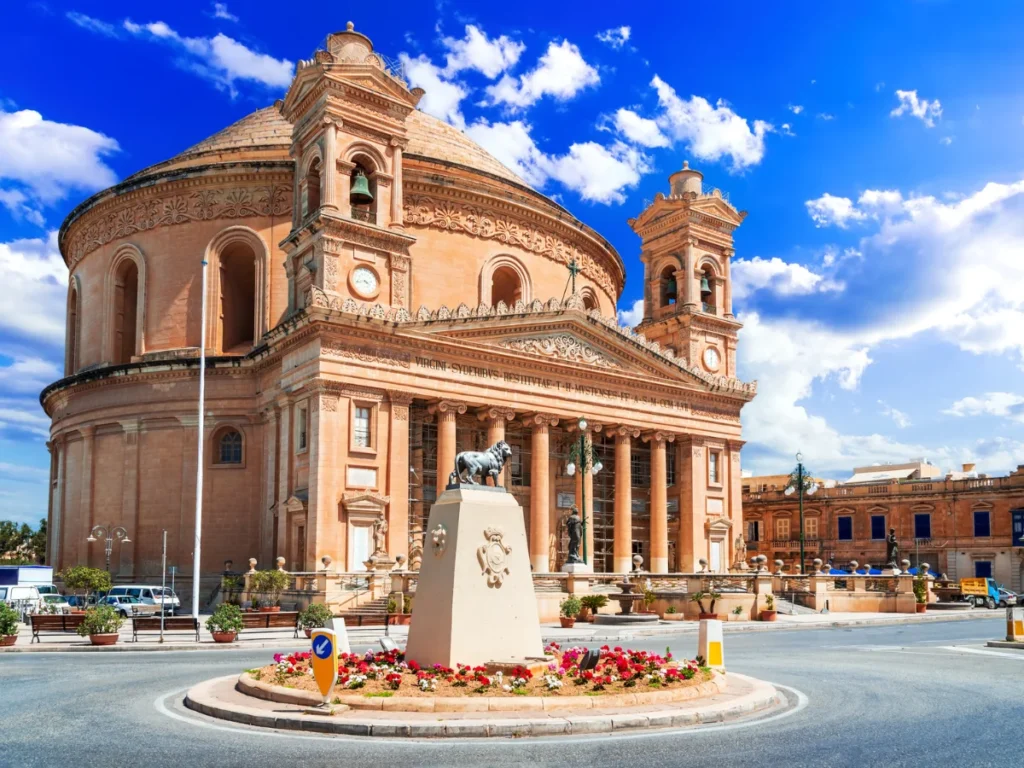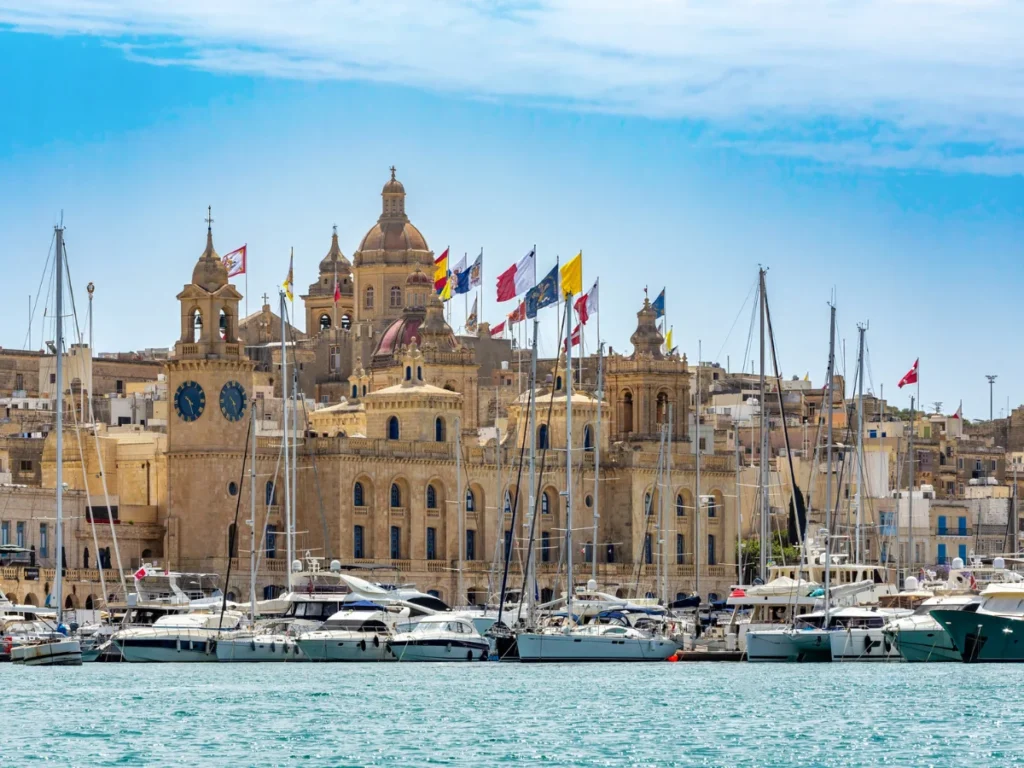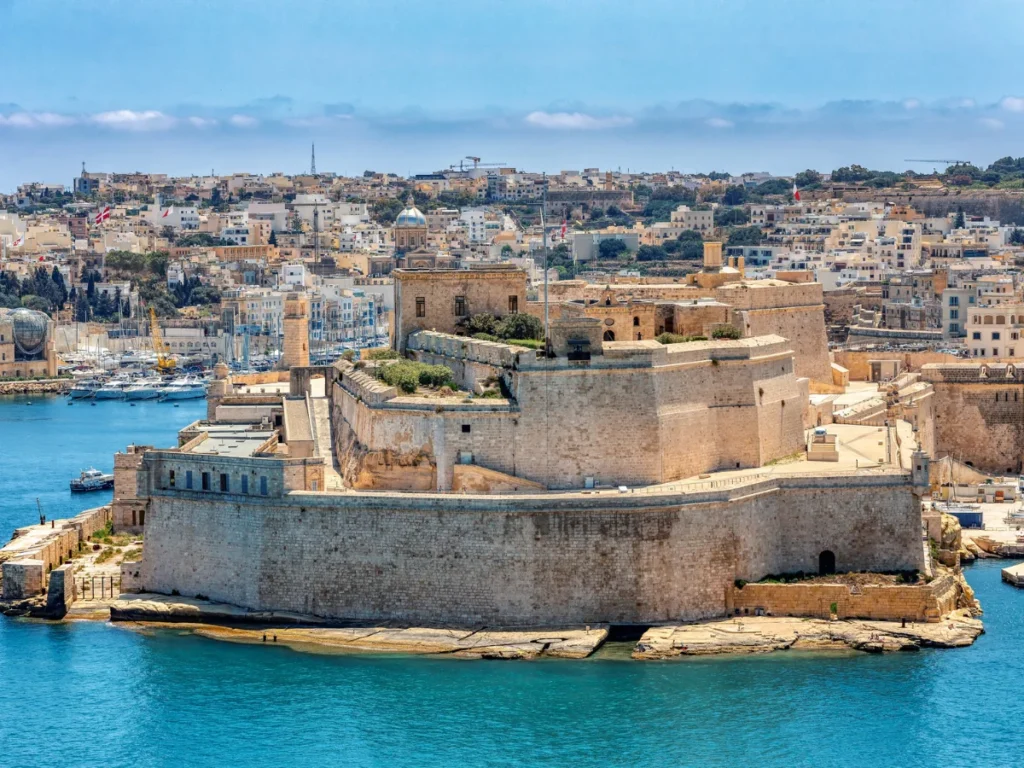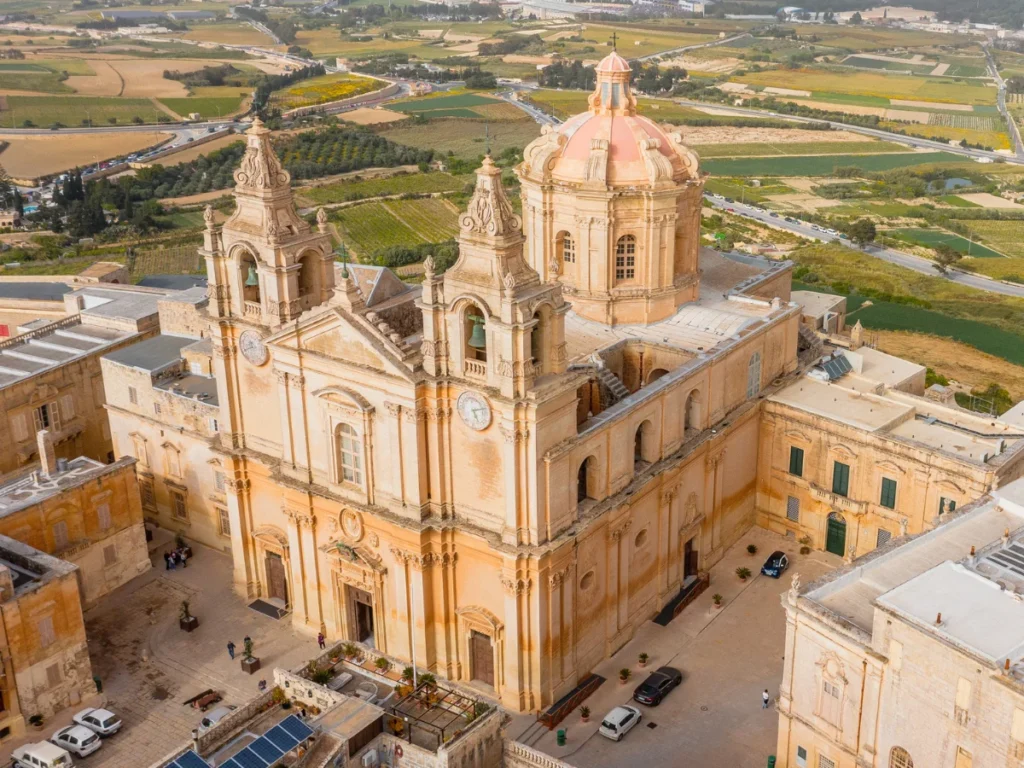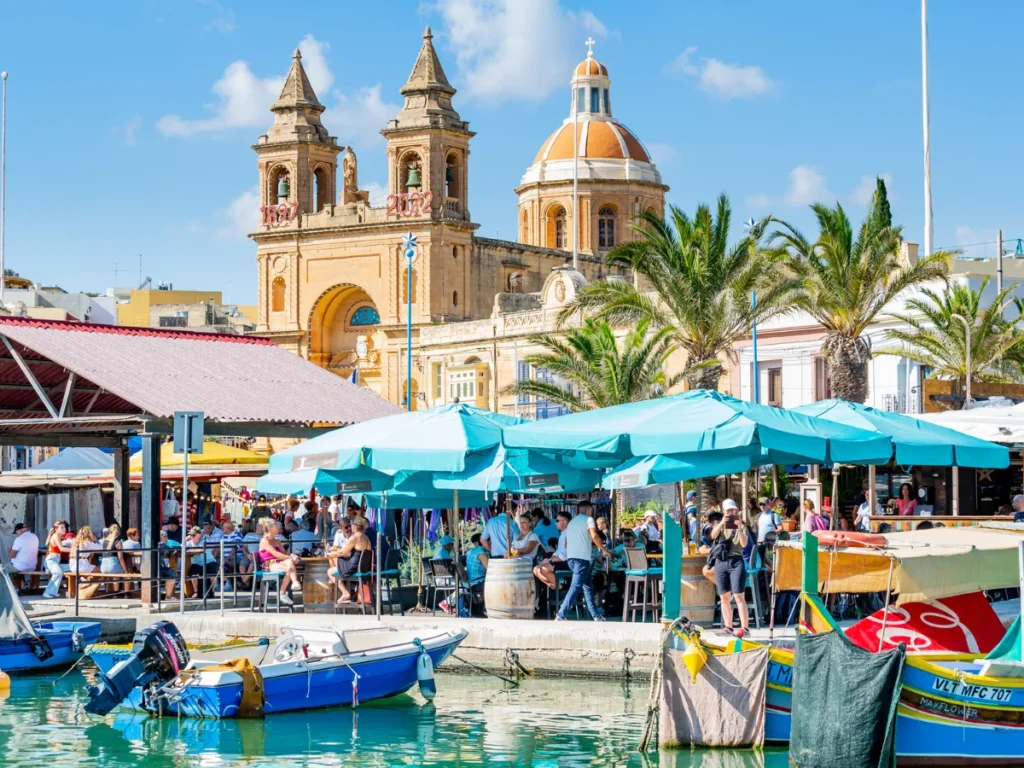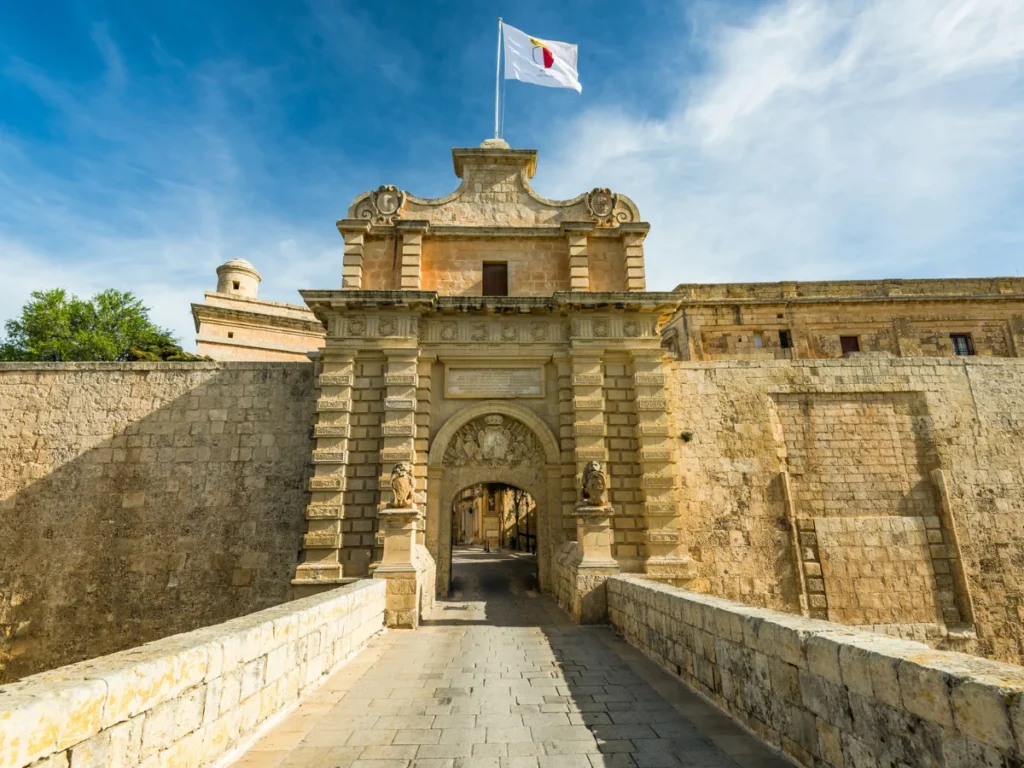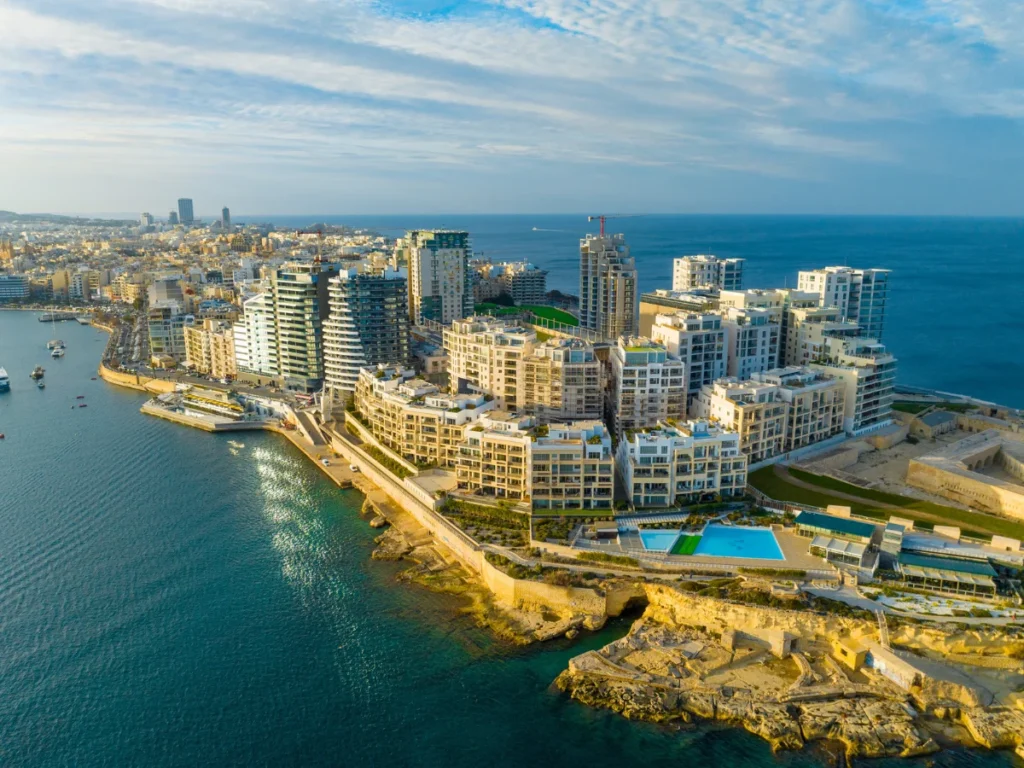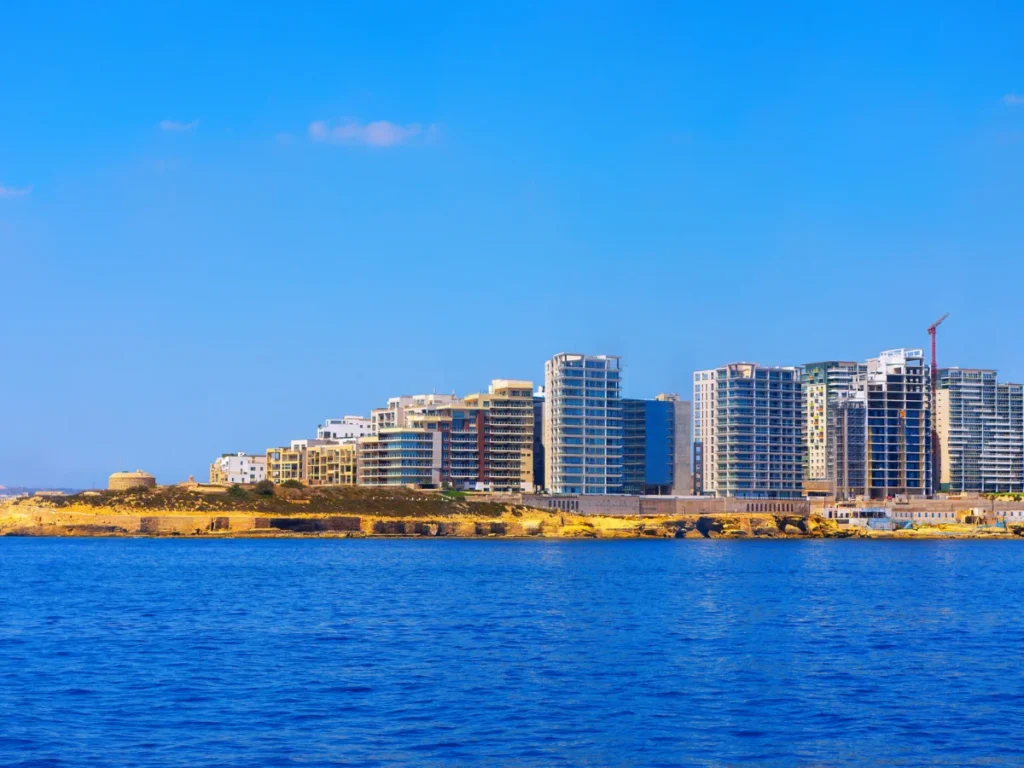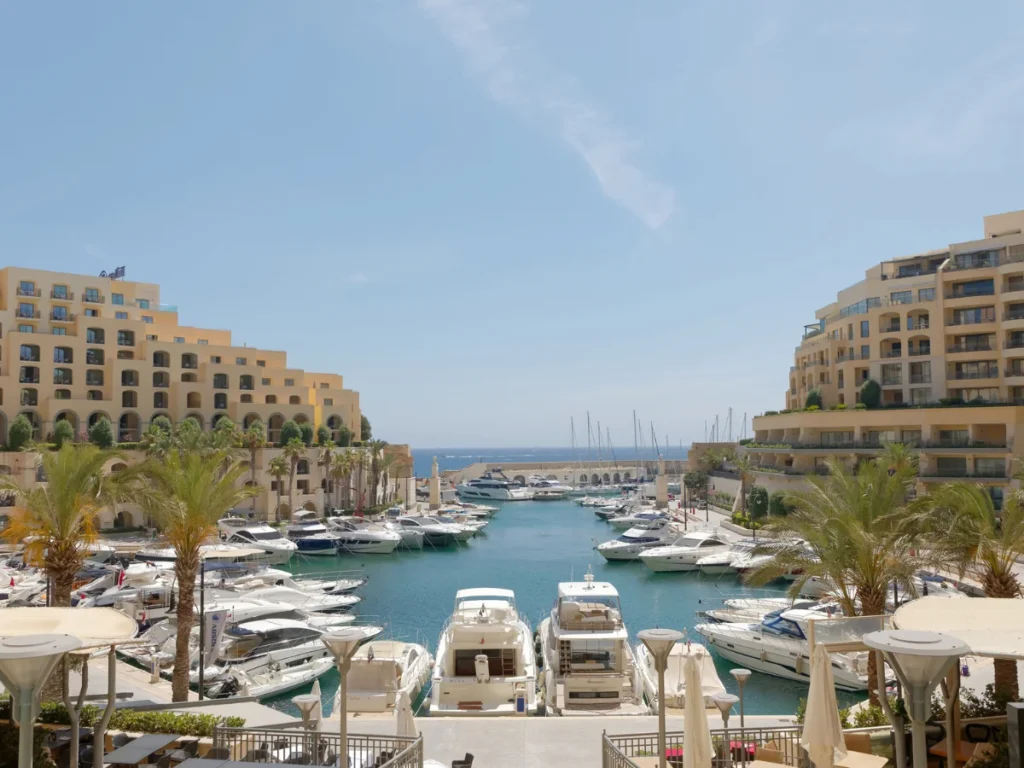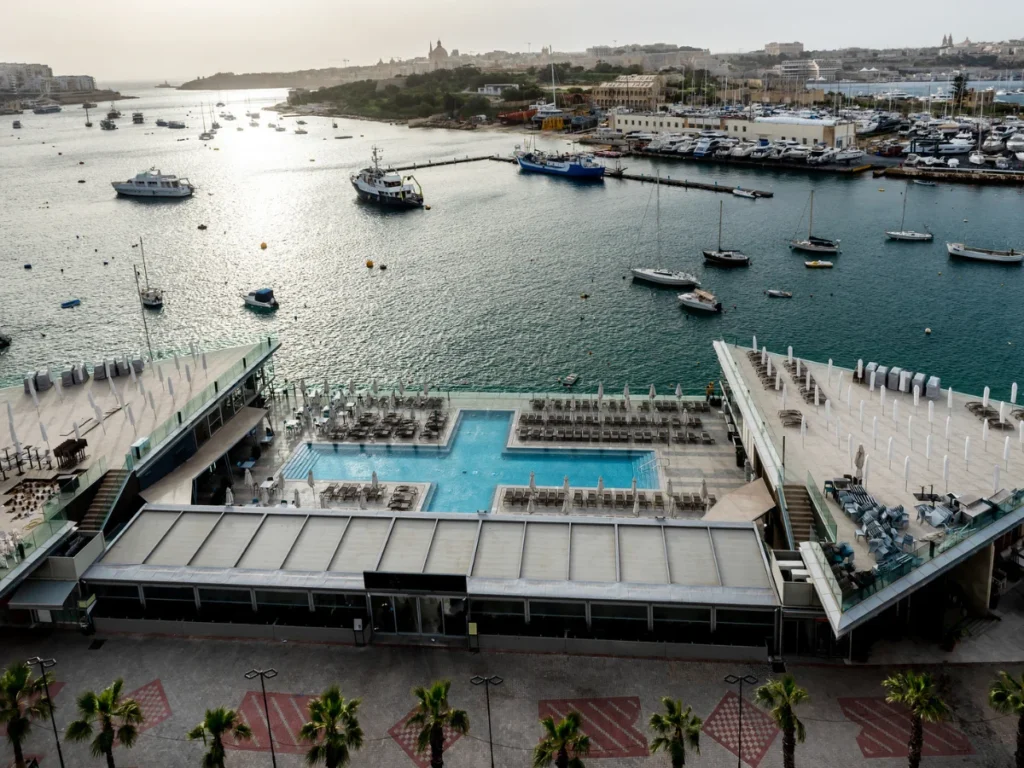Malta’s Rich History
Malta’s history spans thousands of years, shaped by numerous civilizations. From ancient megalithic temples to the era of the Knights of St. John, the island has a fascinating past that continues to influence its culture and identity today.
Malta's History: From Ancient Times to Today
Malta’s history spans thousands of years, from prehistoric times to its modern-day status as a vibrant European nation. The island has seen numerous civilizations, including the Phoenicians, Romans, Arabs, and Normans, each leaving their mark. The megalithic temples of Malta, ancient fortifications, and early Christian sites tell the story of its early inhabitants. Later, the Knights of St. John played a major role in shaping Malta’s history, transforming the island into a fortress and cultural hub.
In more recent times, Malta became a British colony, gained independence in 1964, and joined the European Union in 2004. Today, Malta thrives as a modern, dynamic country, with a rich cultural heritage that attracts visitors from around the world. Its ancient history blends seamlessly with its contemporary achievements, making it a unique and fascinating destination.
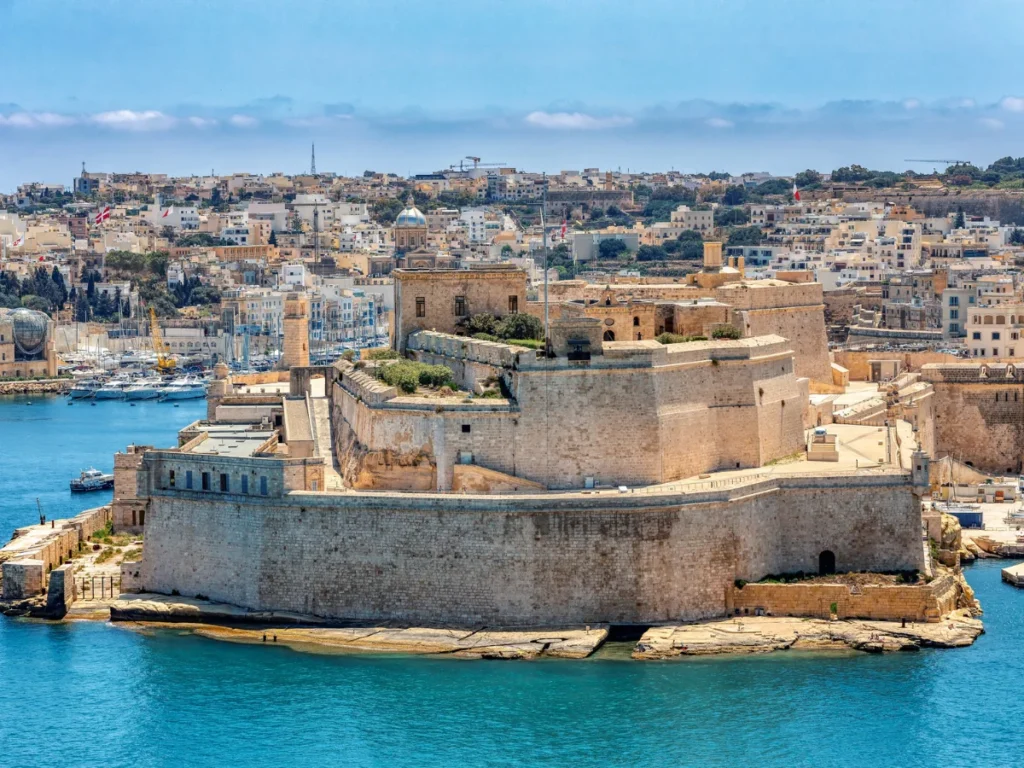
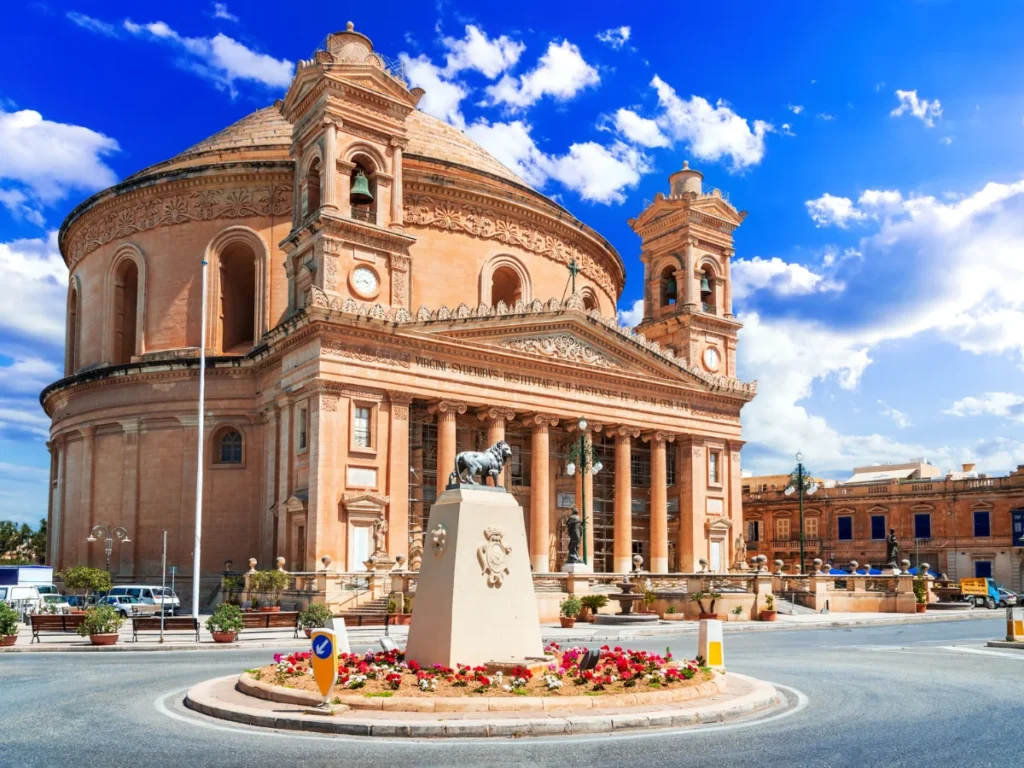
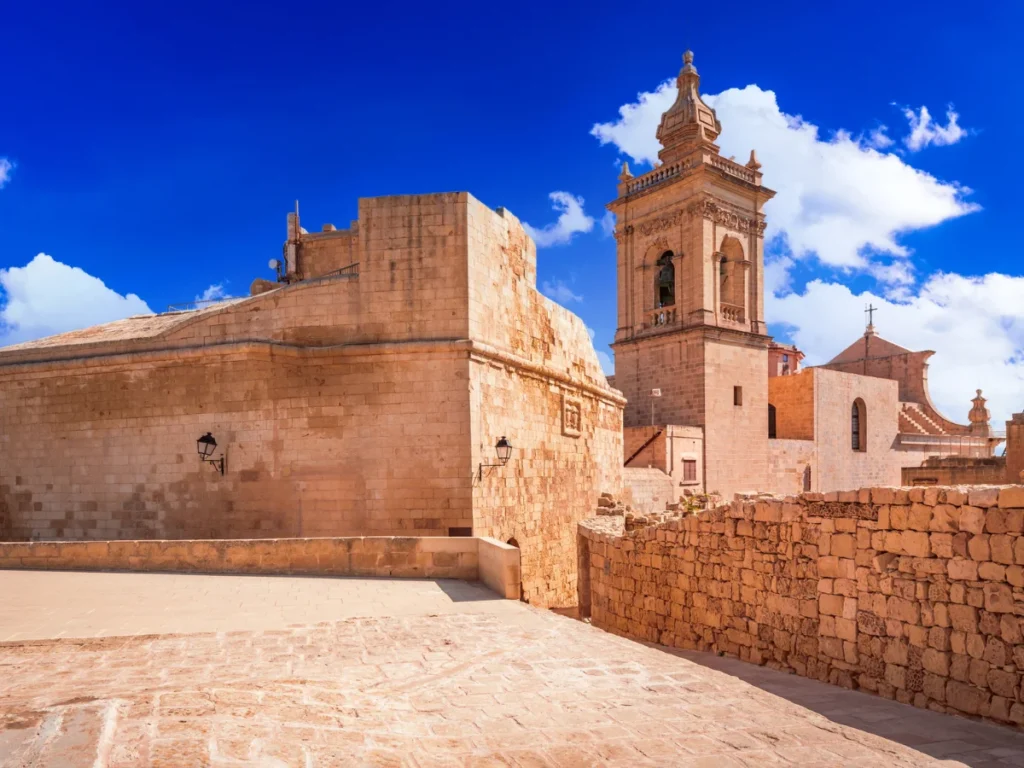
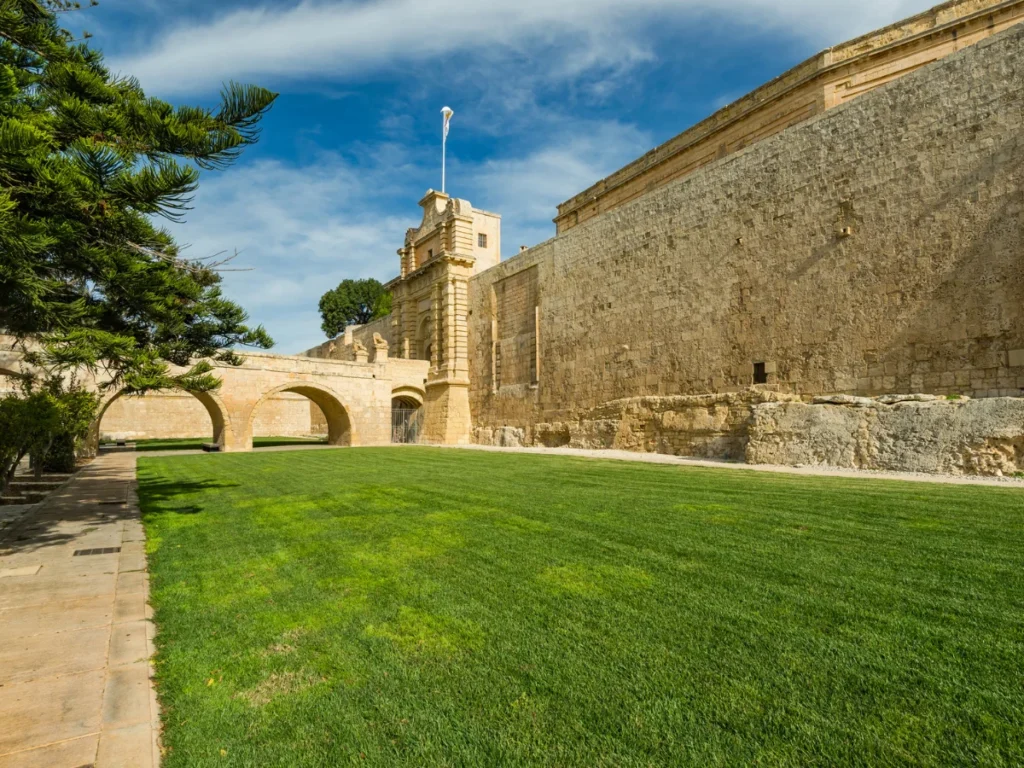
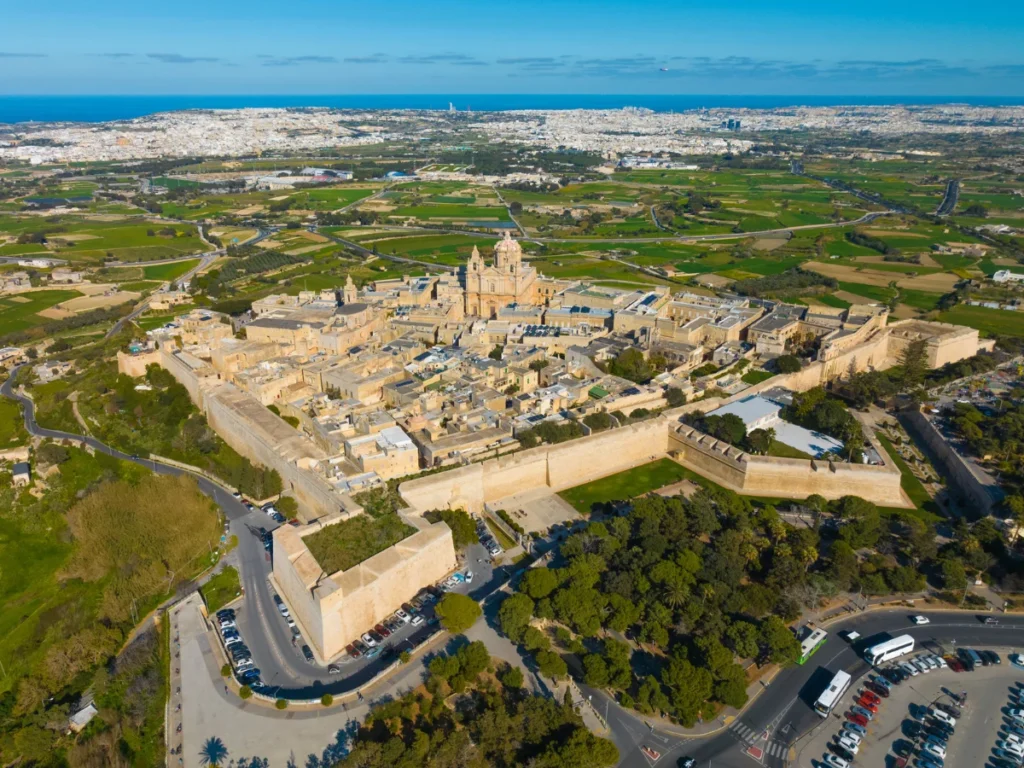
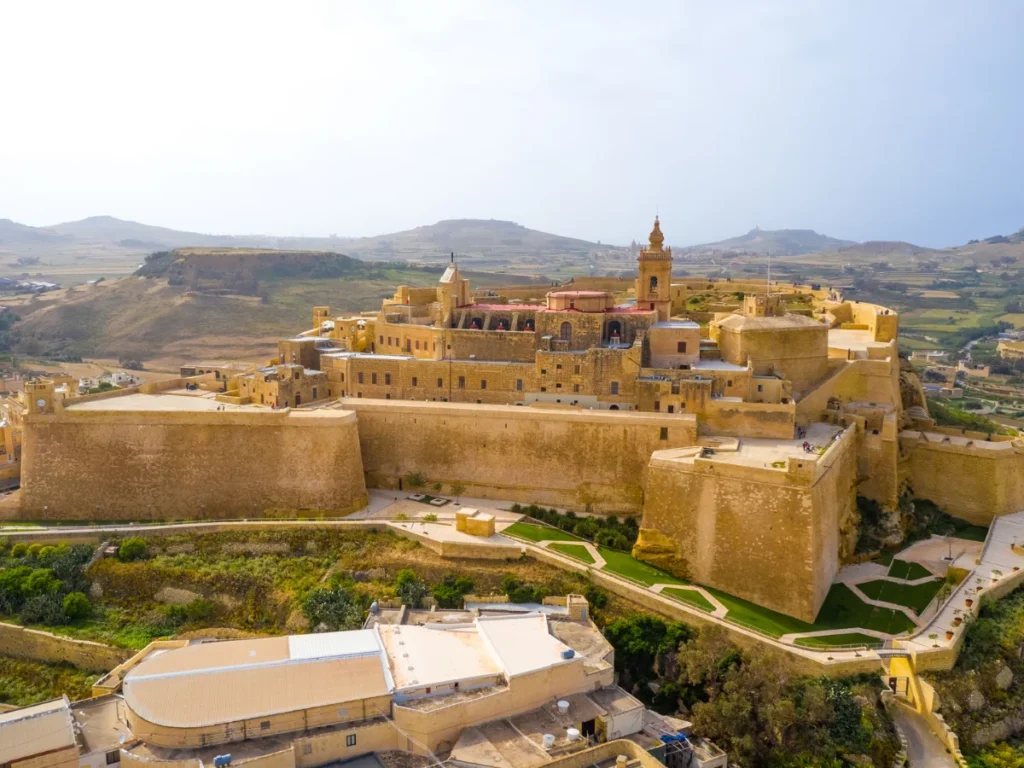
Ancient Beginnings
Malta’s history dates back to prehistoric times, with evidence of human settlement on the islands as early as 5200 BC. The first inhabitants were likely Neolithic farmers who arrived from Sicily. These early settlers built impressive megalithic temples, some of which are among the oldest freestanding structures in the world. The Ġgantija temples on Gozo, dating back to around 3600 BC, are particularly notable. They demonstrate the advanced architectural skills of Malta’s ancient inhabitants, who constructed massive stone structures without the use of mortar.
The Phoenicians were the next major civilization to leave their mark on Malta. Around 800 BC, the island became part of their trading network. The Phoenicians introduced their language, religion, and culture to the Maltese, and they likely established the city of Melite (modern-day Mdina), which became an important center of trade and governance. During this period, Malta’s strategic position made it an ideal base for Phoenician ships traveling between the eastern and western Mediterranean.
The Roman Era
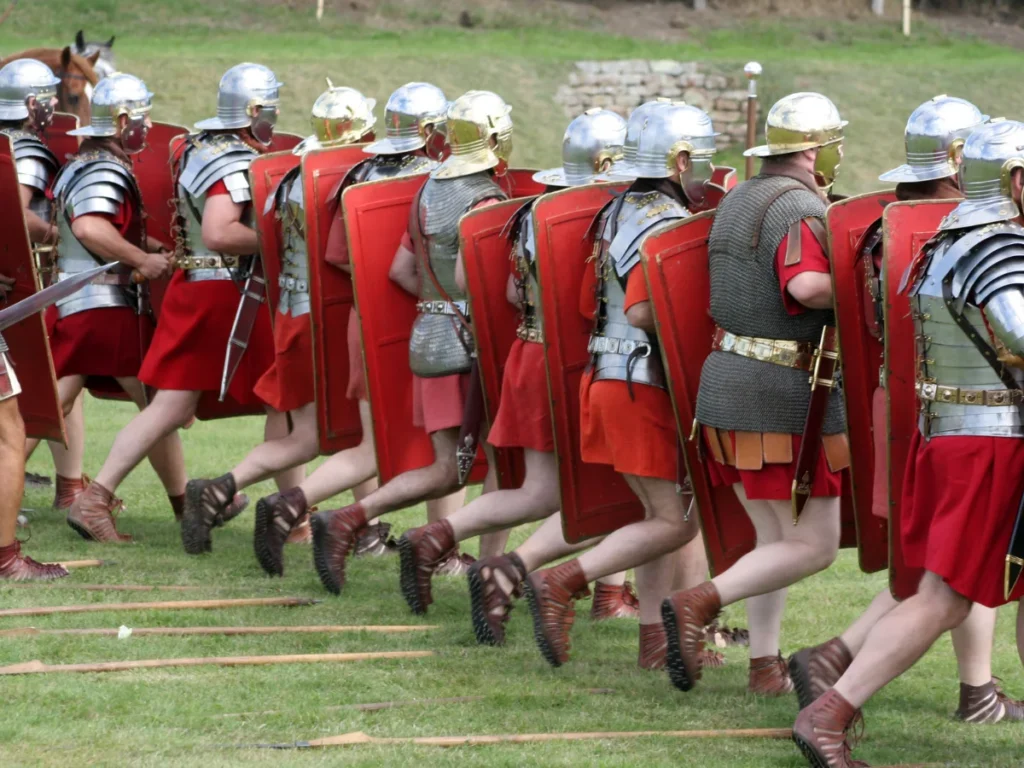
By 218 BC, Malta fell under Roman control, becoming an important part of the Roman Empire due to its strategic position in the Mediterranean. During this period, the Romans introduced new building techniques, advanced infrastructure, and improved governance. They constructed roads, villas, and public baths, many of which still exist today. One of the most famous Roman sites in Malta is the Domus Romana in Rabat, which features well-preserved mosaics and artifacts, offering a glimpse into daily life during Roman rule.
Malta’s Roman history is also marked by the shipwreck of St. Paul in 60 AD. According to Christian tradition, St. Paul was shipwrecked on the island while en route to Rome. This significant event, recorded in the Bible, played a pivotal role in spreading Christianity among the locals.
The Medieval Period
After the fall of the Roman Empire, Malta came under the control of several different powers. In 535 AD, the Byzantine Empire took control of the island, and it remained part of the Eastern Roman Empire for several centuries. During this period, Malta’s population grew, and the island became a center for early Christianity.
In the 9th century, the Arabs conquered Malta. Their rule brought many changes to the island, including the introduction of new agricultural techniques, irrigation systems, and the cultivation of crops such as citrus fruits. The Arab influence also extended to the language, with many Maltese words derived from Arabic. The island remained under Arab rule until the Normans arrived in 1091.
The Normans restored Christianity to the island and brought Malta under the control of the Kingdom of Sicily. In the centuries that followed, Malta was ruled by a series of medieval European powers, including the Swabians, Angevins, and Aragonese. These rulers contributed to the development of Malta’s medieval towns, fortifications, and castles, some of which still stand today.
The Knights of St. John
One of the most significant periods in Malta’s history began in 1530, when the Knights of St. John, a Catholic military order, were granted control of the island by Emperor Charles V of Spain. The Knights transformed Malta into a powerful fortress and a center of Mediterranean naval power. Their arrival marked the beginning of a golden age for Malta.
The Knights rebuilt the capital city of Valletta, naming it after their Grand Master, Jean Parisot de Valette. The city was designed as a military stronghold, with impressive fortifications and an intricate street layout. Valletta became one of the most fortified cities in Europe and a symbol of the Knights’ strength and resilience.

The Great Siege of Malta: A Turning Point in History
During the Great Siege of Malta in 1565, the Knights successfully defended the island against an Ottoman invasion. This victory ensured Malta’s continued independence and solidified the Knights’ influence in the Mediterranean. The Knights remained in Malta for over two centuries, leaving a lasting legacy in the form of churches, palaces, and hospitals. They also contributed to the island’s cultural and artistic development, commissioning works from renowned artists and architects.
Three amazing places to visit in Malta
Valletta
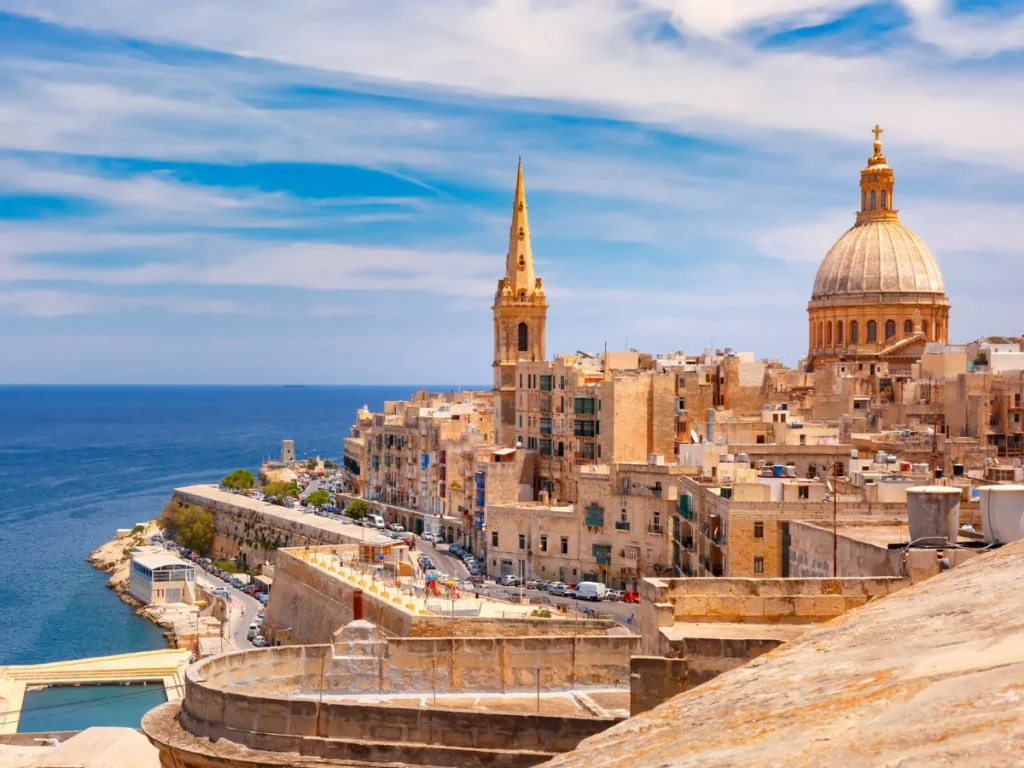
Discover Valletta in Malta, a UNESCO World Heritage site. Known for its stunning baroque architecture, the city offers historic landmarks, museums, and breathtaking views. Wander through its narrow streets, enjoy local cafes, and immerse yourself in Malta’s rich heritage.
Victoria
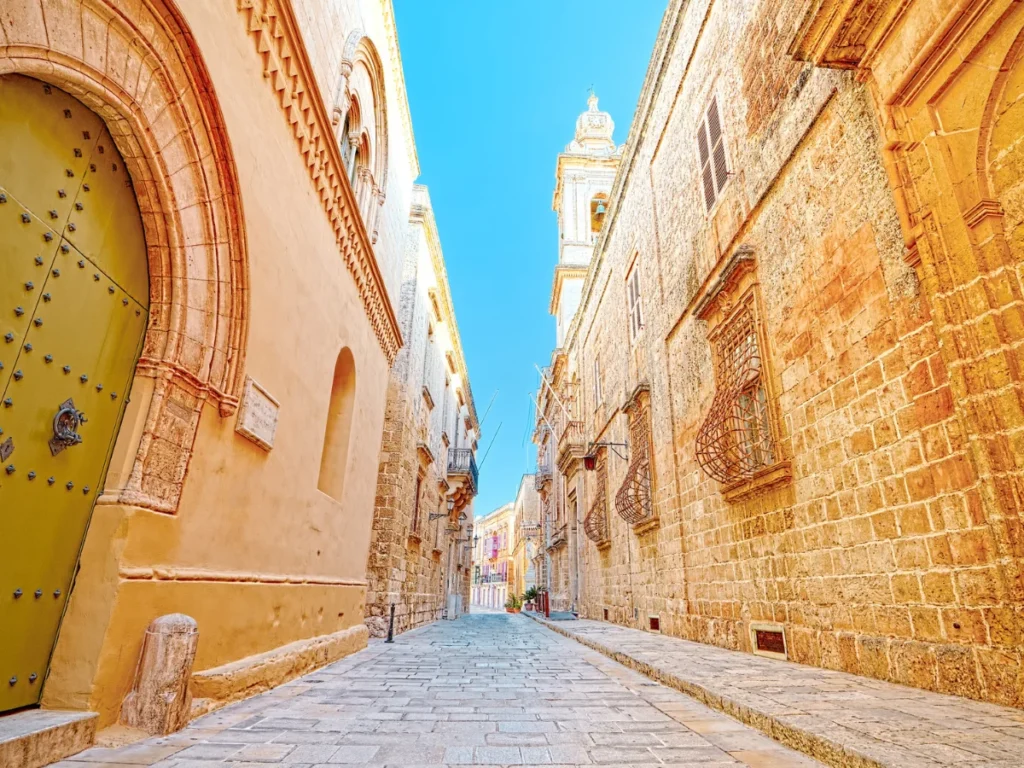
Victoria is another historical city in Malta and the capital of Gozo island. Known for its rich history, the city offers stunning views from the Citadel. Wander through narrow streets, visit historic landmarks, and experience the local culture in this charming, peaceful destination.
Mdina
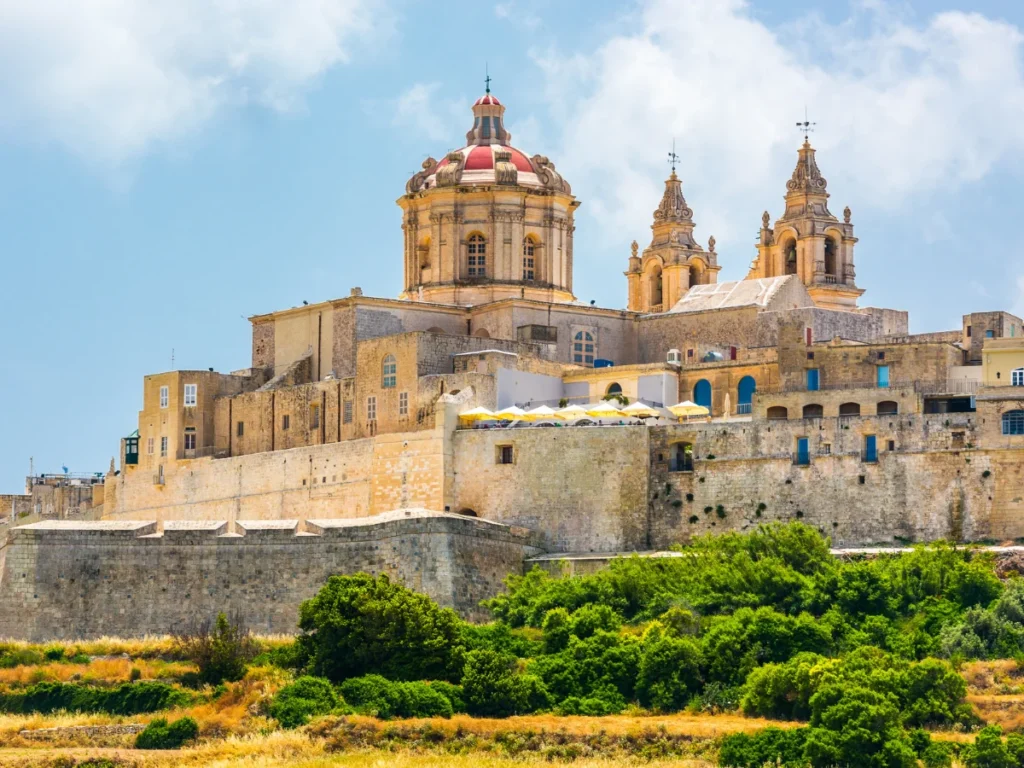
Explore Mdina in Malta, a historic city with narrow streets and stunning architecture. Known as the Silent City, it offers a peaceful atmosphere and breathtaking views. Visit ancient landmarks, enjoy local cafes, and immerse yourself in Malta’s rich history.
The French and British Periods
In 1798, Malta’s long period of rule by the Knights came to an end when Napoleon Bonaparte’s French forces invaded the island. The French occupation was short-lived, as the Maltese, unhappy with French rule, revolted and sought British assistance. The British responded by sending a naval fleet to Malta, and after a two-year siege, the French were expelled.
In 1800, Malta became a British protectorate and later a British colony in 1814, following the Treaty of Paris. Under British rule, Malta became an important naval base, strategically positioned between Europe and North Africa. The British made significant improvements to the island’s infrastructure, building new roads, harbors, and fortifications. Malta also became a key center for British operations during World War II, with its strategic location proving crucial to the Allied war effort.
During the war, Malta endured heavy bombardment from the Axis powers, but the island’s resilience earned it the George Cross, a British award for bravery, which is still part of Malta’s national emblem today.
Independence and Modern Malta

After World War II, Malta’s ties with Britain started to change. In 1964, Malta gained independence and became a sovereign nation within the British Commonwealth. The new government focused on modernizing the economy and infrastructure while preserving cultural heritage.
By 1974, Malta became a republic, and in 1979, British military forces withdrew, ending almost 200 years of British rule. The economy began diversifying, with tourism, manufacturing, and services playing larger roles.
In 2004, Malta joined the European Union, strengthening its place in Europe. The economy grew, driven by tourism, finance, and IT industries. In 2008, Malta adopted the euro, solidifying its European integration.
Malta Today
Today, Malta is a vibrant, modern country with a rich cultural heritage. Its capital, Valletta, remains a hub of activity, with numerous museums, galleries, and historical sites. The island continues to attract tourists from around the world, drawn by its warm climate, beautiful landscapes, and fascinating history.
Malta’s history is visible everywhere you look, from its ancient temples to its grand forts and palaces. The island’s diverse past has shaped its identity, creating a unique blend of cultures, languages, and traditions. Malta’s history is not just a story of conquest and survival; it is a testament to the resilience and strength of its people, who have continually adapted to changing circumstances while maintaining a deep connection to their heritage.
As Malta continues to evolve, it remains proud of its rich history and traditions. Its ancient ruins and historical landmarks serve as reminders of the island’s long and storied past, offering visitors a chance to step back in time while experiencing the energy and excitement of modern-day Malta. Whether you are exploring its historic streets, relaxing on its beaches, or enjoying its vibrant cultural scene, Malta offers a unique blend of past and present that captivates all who visit.
General information about Malta
Malta is a small island nation in the Mediterranean, known for its rich history and beautiful landscapes. It is a member of the European Union, which provides economic and political stability. The capital city, Valletta, is a UNESCO World Heritage site. Malta has a population of approximately 500,000 people. The country’s low corporate taxes make it an attractive destination for businesses, especially in sectors like finance and technology. Malta’s main international gateway is Malta International Airport, located near the capital. It serves as the primary hub for flights to and from Europe, North Africa, and beyond, making Malta easily accessible to international visitors.

